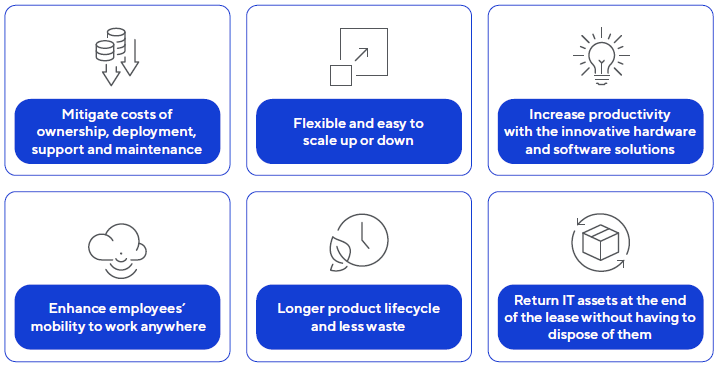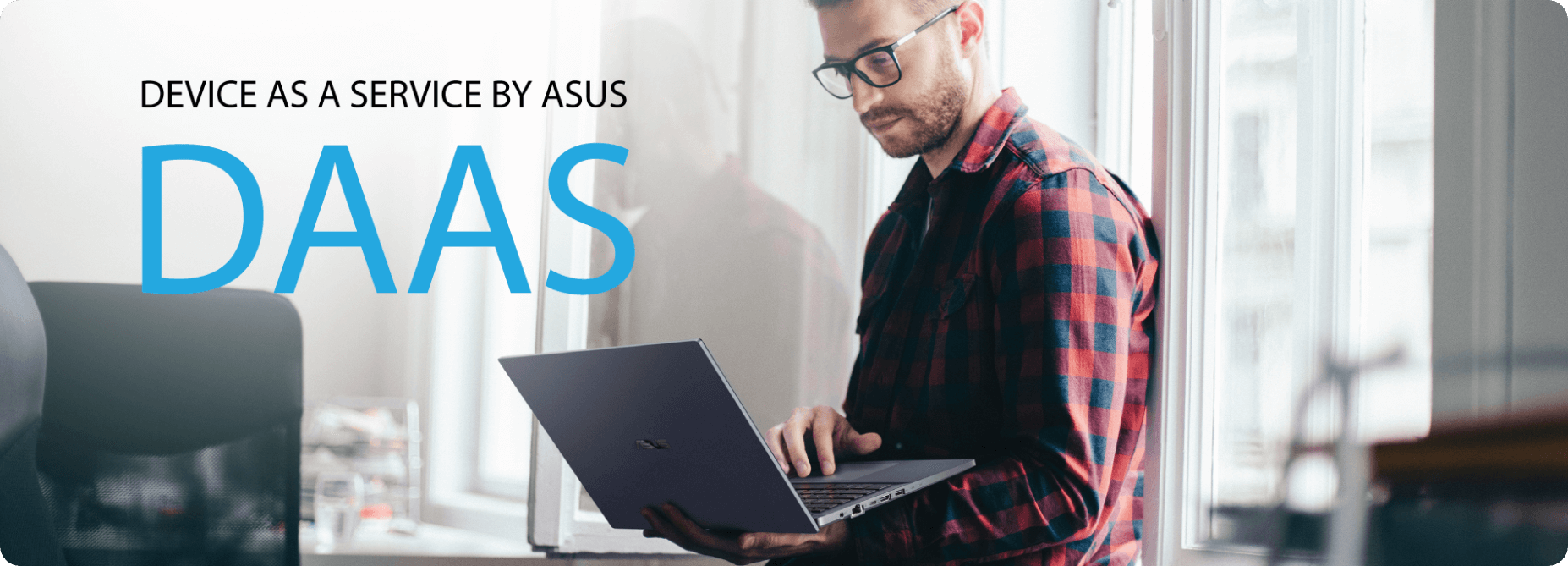Easy to Disassemble and Repair
The recycling and reuse are considered during the design phase in order to improve the efficiency of resource usage and to facilitate circular economy. Through the easy disassembly for recycling, the consumer can update spare parts to accommodate with the usage when the product needs to upgrade for improving the computing performance, thus there is no need to replace the entire product. When the product failure occurs, it can be repaired and replaced with new components easily, extending the life of the product. When the product has to be eliminated, it can be classified by the recycling industry and thus reducing the processing costs for recycling and increasing the recycling value of waste electronic products.

The French Repair Index
ASUS's Repairability Index rated by the Ministry of Ecological Transition (MTES) was 8.6 points
ASUS products perform better than other competing products on the market in terms of availability of information related to maintenance, ease of product disassembly, availability of spare parts on the market, price difference between spare parts and finished products, and the subsequent maintenance and upgrade of products.
Modular Design
In the ever-evolving landscape of IT products, maintaining high quality and low costs within limited design timeframes while meeting diverse user demands for versatility, interchangeability, and compatibility is crucial. This is where modular design plays a pivotal role. During product design, components are structured based on functionality, enabling the assembly of individual modules into the final product through integration and stacking. Products designed with modularity not only facilitate rapid assembly or disassembly akin to building blocks but also streamline the process of upgrading, replacing, or repairing functional components. This approach ensures ease of product assembly, servicing, reusability, and recycling, thereby extending the product lifecycle.
Device as a Service
The market research think tank Euromonitor International recently published the “Top 10 Global Consumer Trends” report, which states that products or services for the circular economy such as shared use or lease in lieu of ownership are attractive to consumers. They can also be used to ensure good use of resources and expand new business opportunities for sustainability. The Device as a service (DaaS) launched by ASUS replaces the traditional “buy to own” concept through a subscription-based model that offers flexible leasing arrangements, assisting enterprise customers reduce hardware expenditures, deployment costs, and support service costs, providing complete leasing solutions for the use of IT hardware and services. ASUS Device-as-a-Service Advantages:

According to a 2019 analysis by three independent professional research organizations—Climate Neutral Group, CE Delft, and SGS Search—that quantified the impact of outright purchase versus leasing on the product carbon footprint across ten categories of machine tools in Europe, the study found that leasing arrangements can reduce carbon footprint emissions by 30%–50% over the entire product life cycle.
As an example, using an ASUS notebook (with a four-year product life cycle): if a customer opts to lease it for three years instead of purchasing it outright, they would only be responsible for the following carbon emissions:
- 75% of emissions from raw material extraction, manufacturing, and transportation
- Carbon emissions from electricity consumption over three years of use


